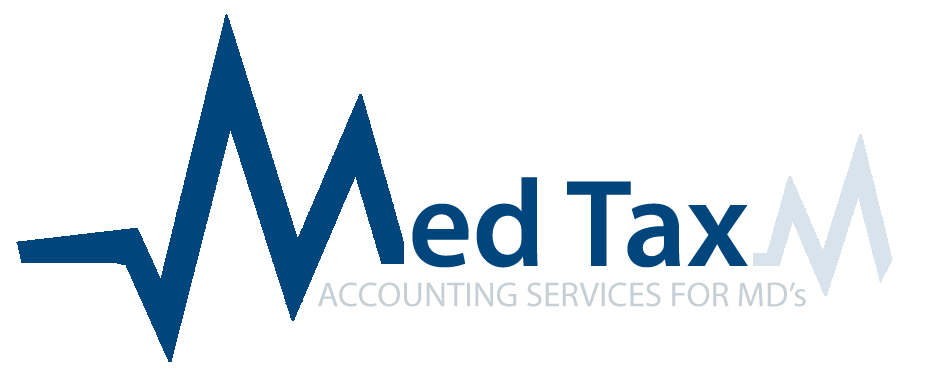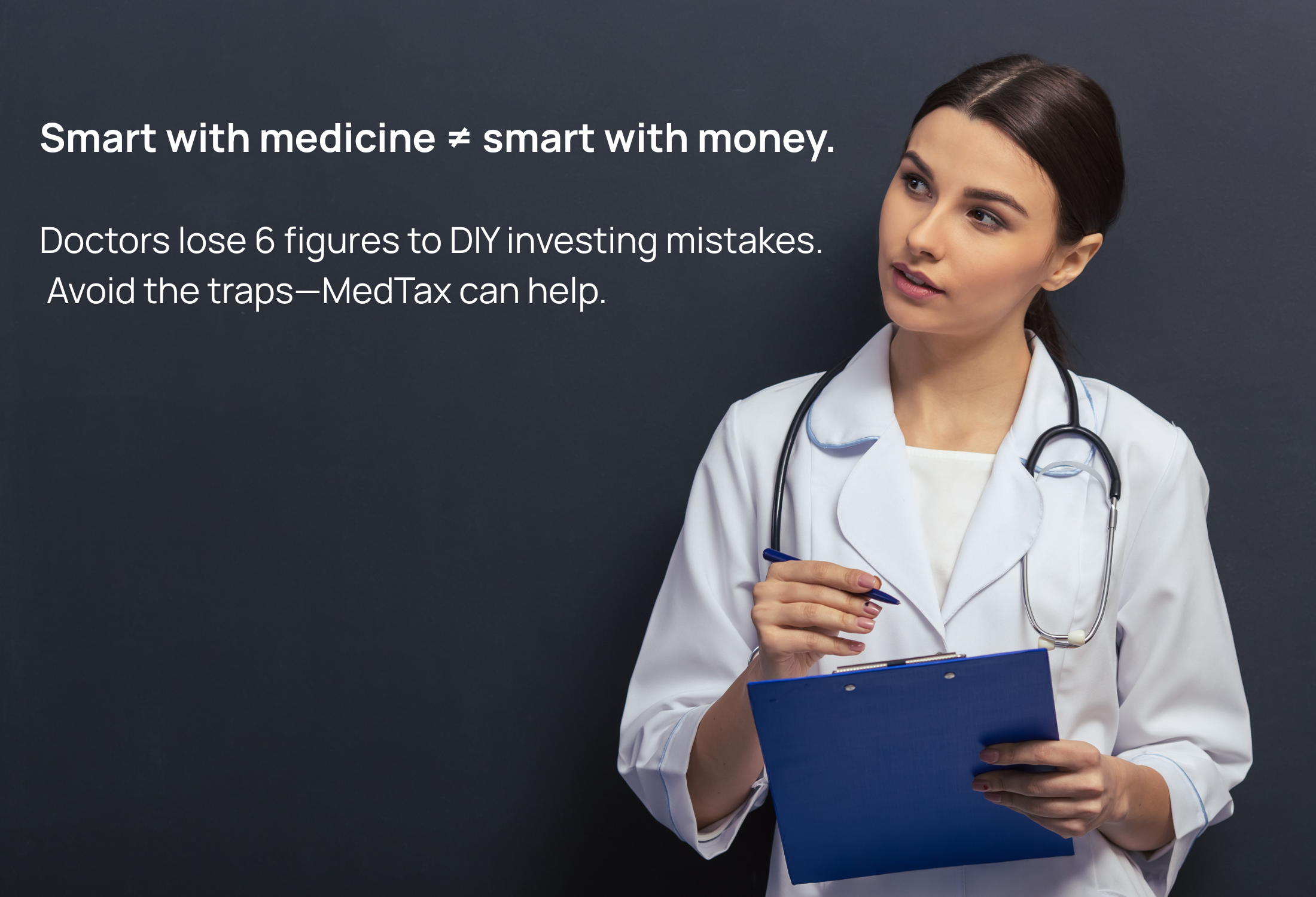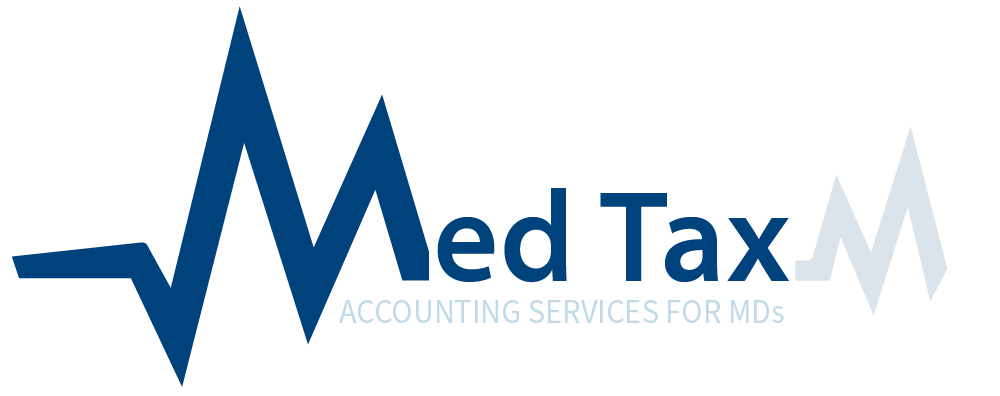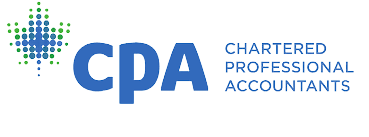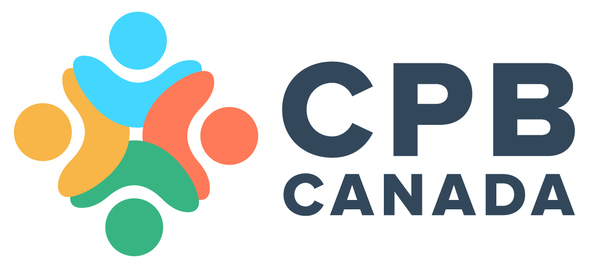In the era of digital tools and low-cost platforms, self-directed investing has become increasingly attractive—especially to intelligent, high-earning professionals such as physicians and entrepreneurs. The allure of autonomy, cost savings, and control is undeniable. However, this freedom often comes with hidden costs, especially in the form of long-term tax inefficiencies and strategic missteps that compound over time.
1. The Tax Drag Dilemma
What seems like a few percentage points lost to taxes each year can turn into a six-figure loss over time. For example, a $250,000 portfolio earning 6% annually might grow to $857,000 in 20 years. But with a 1.5% annual tax drag, the ending balance could shrink to just $675,000—a difference of $182,000. Without proactive planning, the erosion of returns is inevitable.
2. Costly Reporting Errors
Failing to file CRA Form T1135, misreporting capital gains in CAD, or overlooking the foreign tax credit for U.S. dividends can lead to audits, penalties, and unnecessary tax bills. DIY investors often underestimate the complexity of cross-border holdings and multi-income tax reporting—particularly common among incorporated professionals.
3. Estate Planning Pitfalls
Many assume that a will is all they need. But improper account setup, missing beneficiary designations, and lack of trust planning can result in delays, probate fees, and avoidable taxes. For incorporated professionals, overlooked passive income can even limit access to the Small Business Deduction, cutting into corporate savings.
4. Real-World Mistakes with Real Consequences
Investing money earmarked for short-term needs into high-risk assets—or holding excessive cash out of fear—both hinder financial growth. These aren’t bad investments; they’re poor strategic choices that can derail personal goals.
5. Behavioural Hazards
Emotional decisions like panic selling, trend chasing, or market timing can cost investors 3-4% annually in underperformance. Over decades, this gap turns into hundreds of thousands of dollars lost—not because of poor investment selection, but due to flawed execution.
6. Lost Planning Opportunities
Prescribed rate loans, pension income splitting, PPPs, and coordinated exit planning are often missed by DIY investors. These strategies, when executed properly, can result in five- or six-figure tax savings—but they require nuanced expertise and timing.
Final Thoughts: DIY Isn’t Just About Saving Fees
Going it alone is not inherently bad—it can be empowering for the right individual. But success in self-investing demands more than intelligence. It requires time, strategy, and ongoing tax and estate planning that adapts with your life and career.
Ready to optimize your financial strategy and avoid costly oversights? Book a free 30-minute consultation with MedTax today and let us help you navigate self-investing with clarity and confidence.
